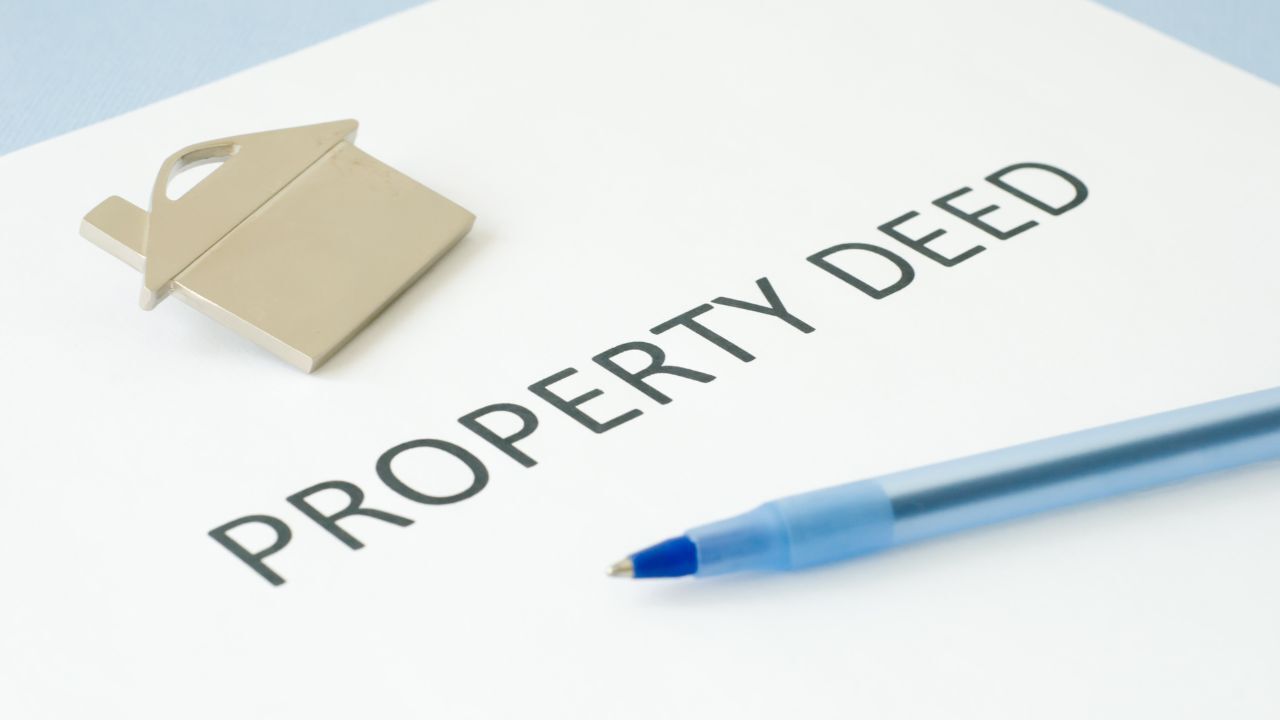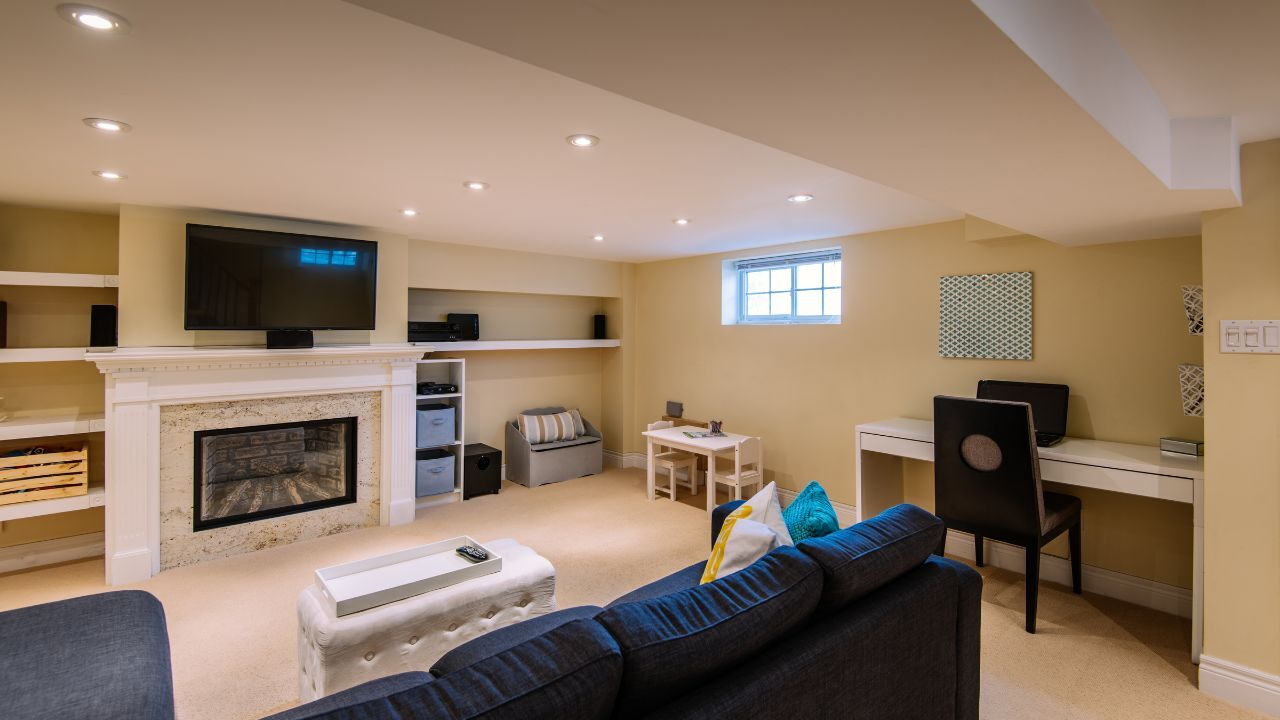 You may have heard of points when looking for real estate. Maybe your loan officer told you that you can trade points for a better interest rate. That sounds good, but just what are points? We’ll give you a better idea of just what points are and how they work.
You may have heard of points when looking for real estate. Maybe your loan officer told you that you can trade points for a better interest rate. That sounds good, but just what are points? We’ll give you a better idea of just what points are and how they work.
What Are Points?
Points, more specifically discount points, are a percentage of the total loan amount for the house that is pre-paid to the lender. Each point is worth one percent. Your lender may offer a lower interest rate for your mortgage loan if you buy discount points.
What do Discount Points Cost?
The cost of each point is equal to one percent of the loan amount. For instance, for a $200,000 loan one discount point equals $2,000.
For example, you are trying to buy real estate worth $200,000. The lender may tell you that if you buy 2 points at $2,000 each, you’ll get an interest rate two percent better.
Should I Buy Discount Points?
Some lenders will allow you to purchase discount points to be approved for the loan. By buying a discount point, you’ll get a lower interest rate. This can reduce your monthly payments, which could put your credit to debt ratio in the right range.
You have to know how long you will live in the house or you could lose money purchasing the discount points. If you sell or refinance before you reach the break-even point, you will wind up with a net loss. Use an online mortgage point calculator to help you determine if buying discount points is a money saving proposition for you.
Points may be a good way for you to save money on your real estate if you plan to stay in your home for a long time. Want one more benefit? Discount points are tax deductible in the year in which they are paid.
Need help understanding mortgage and real estate terms? Feel free to reach out! We can help explain the process.
 When buying a home, most buyers focus on location, price, and features. However, deed restrictions—legally binding rules that dictate how you can use your property—are equally important. Ignoring them can lead to unexpected limitations and challenges.
When buying a home, most buyers focus on location, price, and features. However, deed restrictions—legally binding rules that dictate how you can use your property—are equally important. Ignoring them can lead to unexpected limitations and challenges. When it comes to increasing your home’s long-term value, not all upgrades are created equal. While stylish kitchens and luxurious bathrooms may attract attention, the smartest investment is one that continues to pay off for years to come: energy efficiency.
When it comes to increasing your home’s long-term value, not all upgrades are created equal. While stylish kitchens and luxurious bathrooms may attract attention, the smartest investment is one that continues to pay off for years to come: energy efficiency. Selling a home with outdated features can be a challenge, but it’s far from impossible. Whether your kitchen hasn’t been updated in decades, or your bathrooms still have that retro charm, buyers today are looking for modern, move-in-ready spaces. However, with the right strategy and a few smart improvements, you can make your home more appealing to potential buyers and get the best possible price.
Selling a home with outdated features can be a challenge, but it’s far from impossible. Whether your kitchen hasn’t been updated in decades, or your bathrooms still have that retro charm, buyers today are looking for modern, move-in-ready spaces. However, with the right strategy and a few smart improvements, you can make your home more appealing to potential buyers and get the best possible price. When searching for a new home, many buyers overlook one valuable feature that can add flexibility, income, and long-term potential: a basement suite. Whether it’s fully finished or ready for renovation, a basement suite can offer a wide range of benefits beyond just additional space.
When searching for a new home, many buyers overlook one valuable feature that can add flexibility, income, and long-term potential: a basement suite. Whether it’s fully finished or ready for renovation, a basement suite can offer a wide range of benefits beyond just additional space. You don’t need to buy a house or manage tenants to get into real estate investing. If you’ve been curious about investing in property but aren’t ready for the hands-on commitment, Real Estate Investment Trusts (REITs) might be the perfect solution.
You don’t need to buy a house or manage tenants to get into real estate investing. If you’ve been curious about investing in property but aren’t ready for the hands-on commitment, Real Estate Investment Trusts (REITs) might be the perfect solution. Purchasing a home is a major investment, and while a property with a history of fire damage may come at a lower price, it also carries potential risks. Before moving forward with such a purchase, it is essential to understand the long-term implications and necessary precautions.
Purchasing a home is a major investment, and while a property with a history of fire damage may come at a lower price, it also carries potential risks. Before moving forward with such a purchase, it is essential to understand the long-term implications and necessary precautions. The VA home loan program is one of the most valuable benefits offered to those who have served in the U.S. military, providing veterans and active-duty personnel with access to favorable mortgage terms. One common question is whether these VA entitlements ever expire.
The VA home loan program is one of the most valuable benefits offered to those who have served in the U.S. military, providing veterans and active-duty personnel with access to favorable mortgage terms. One common question is whether these VA entitlements ever expire. When you’re working with a realtor, it’s easy to feel like you need to impress us with how much you know or worry that we’re judging your choices. Let me set the record straight—there are a lot of things I truly don’t care about. My focus is on helping you achieve your real estate goals, no matter where you’re starting from.
When you’re working with a realtor, it’s easy to feel like you need to impress us with how much you know or worry that we’re judging your choices. Let me set the record straight—there are a lot of things I truly don’t care about. My focus is on helping you achieve your real estate goals, no matter where you’re starting from.  In today’s competitive real estate market, bidding wars have become an all-too-common occurrence. As more buyers seek limited inventory, properties often receive multiple offers, creating a challenging and sometimes stressful environment. However, with the right strategies in place, you can navigate these bidding wars effectively and secure your dream home. Here are key strategies to help you stand out and win in a competitive market.
In today’s competitive real estate market, bidding wars have become an all-too-common occurrence. As more buyers seek limited inventory, properties often receive multiple offers, creating a challenging and sometimes stressful environment. However, with the right strategies in place, you can navigate these bidding wars effectively and secure your dream home. Here are key strategies to help you stand out and win in a competitive market.